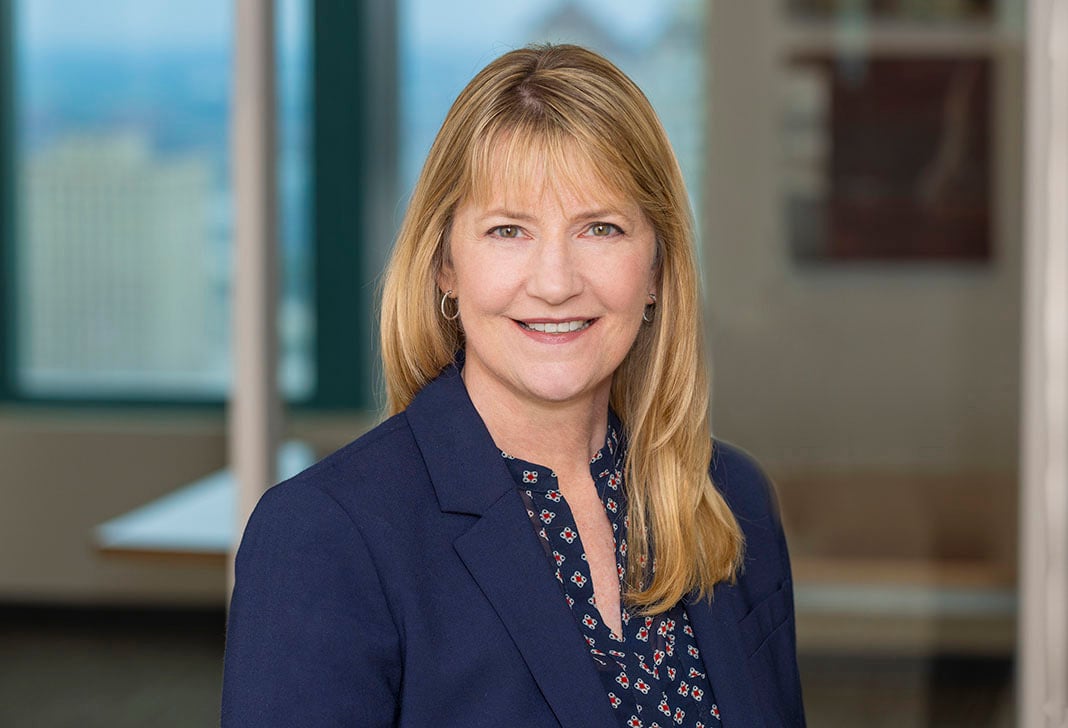
States Relax Physician Assistant Supervision and Delegation Laws
In Short
The Situation: States have historically required close physician supervision of physician assistants, including, among other things, onerous chart review requirements, co-location of physicians on-site where physician assistants deliver care, and limiting physician assistant scope of practice.
The Action: Many states have significantly reduced the supervision and delegation burdens upon physicians wishing to practice with physician assistants in recent months.
Looking Ahead: Providers who have historically not utilized physician assistants to deliver clinical services due to difficult or impractical supervision and oversight requirements should reconsider their practice model due to reduced supervision burdens.
Introduction
Expansion of the roles that non-physician providers may play in health care delivery has long been hotly debated within state legislatures. This year, however, multiple states adopted or revised legislation to permit physician assistants ("PAs") to work more independently to deliver health care services. This includes several states that transitioned from "supervision" models to "collaboration" models, states that eliminated or reduced requirements for chart review and supervision agreements, and several states that eliminated the need for a supervising physician to be physically co-located with the PA. These legislative changes signal a trend in which providers wishing to collaborate with PAs to deliver health care services—including through telemedicine—may now consider doing so in states that were formerly too restrictive to consider doing so.
Five Recent Examples of States Relaxing PA Supervision and Delegation Laws
- California. California SB 697 became effective January 1, 2020, and served to revise California PA supervision and delegation laws to eliminate several previous requirements. Critically, the law eliminated the requirement that the physician be physically available to the PA for consultation and replaced it with a provision stipulating that availability by telephone or other electronic communication is sufficient. The law also eliminated requirements that the supervising physician review and countersign a significant portion of patient medical records.
- Hawaii. Hawaii has historically required physicians to review 100% of the medical charts of supervised PAs. Effective July 1, 2019, Hawaii's SB 1406 repealed that requirement and replaced it with a much less onerous chart review requirement. Now PAs with more than one year of professional experience require no chart review, while PAs with less than six months experience require 50% and those with six months to one year of experience require 25%.
- Illinois. Prior to January 2020, Illinois limited physicians to supervising no more than two PAs and required the supervising physician to be within a "reasonable travel distance" to the PA at all times. Recent revisions to those laws now permit physicians to supervise up to seven PAs and no longer impose any physical geographic proximity requirement on the supervising physician. Instead, supervising physicians must now be available at all times through telecommunications or other electronic communications.
- Missouri. Missouri SB 514 became effective in August 2019. In addition to transitioning from a supervision-based model to a collaboration-based model, the bill also eliminated the requirement that a supervising physician practice at the same facility as the PA for four of every 14 days. The new law also eliminated language that required a PA to practice at a location where the physician routinely sees patients.
- Rhode Island. Rhode Island HB 5572/SO 443, which became effective in July 2019, served to revise state laws in several important ways. It first eliminated all prescriptive physician supervision requirements and shifted the nature of the relationship between physicians and PAs to collaborative rather than supervisorial. While a physician must be "accessible at all times for consultation" by the PA, supervision and collaboration standards may be established by the physician as dictated by the skill, education, experience, and nature of the clinical practice of the PA. The law also eliminated requirements that hospitals and health care practices have written supervision agreements with each PA on file.
Implications
The state regulatory landscape appears to be transitioning to permit more remote supervision of PAs and to reduce administrative burdens for the oversight of PA clinical practice. As this happens, health care providers—including health care providers wishing to provide telemedicine services—may find that engaging PAs to help deliver clinical services is becoming a more viable prospect. Providers must still evaluate requirements on a state-by-state basis and ensure that PA engagement is compliant with other state laws (such as state telemedicine laws and standards). However, providers are encouraged to consider how PAs might be used to expand clinical care access to low-access patients and locations in states that have relaxed their previously restrictive laws and regulations.
Three Key Takeaways
- This year multiple states adopted or revised legislation to permit physician assistants to work more independently to deliver health care services.
- Several states transitioned from "supervision" models to "collaboration" models, some states eliminated or reduced requirements for chart review and supervision agreements, and several states eliminated the need for a supervising physician to be physically co-located with the physician assistant.
- These legislative changes signal a trend in which providers wishing to collaborate with physician assistants to deliver health care services—including though telemedicine—may now consider doing so in states that were formerly too restrictive to consider doing so.




